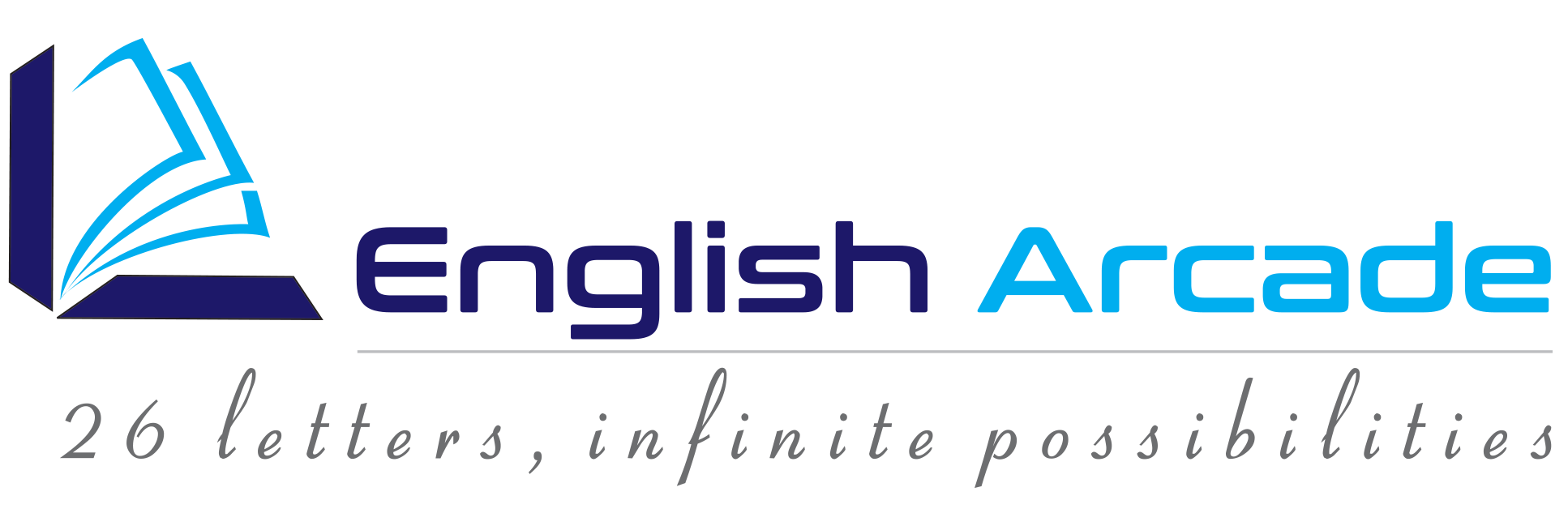The Power of Gamification in Training 2024
Gamification in training can be a powerful tool for boosting employee engagement and results. Here are some key benefits of gamification in training: Increased Engagement: Games are inherently engaging and can motivate learners to actively participate in training activities. By incorporating game elements such as points, badges, leaderboards, and challenges into training programs, organizations can make learning more interactive and enjoyable. Improved Learning Outcomes: Gamification leads to higher levels of engagement from participants, as they are motivated to participate and complete the training activities. It can also enhance understanding and retention of the training material, as it encourages active participation and provides immediate feedback. All of this leads to an immersive and interactive learning experience. Real-time Feedback: Gamified learning often provides immediate feedback on performance, allowing learners to understand their strengths and areas for improvement. Such a feedback loop can help learners tweak their learning strategies to achieve better outcomes. Feedback to learners is immediate, allowing them to see the consequences of their actions and adjust their behaviour accordingly. Motivation and Rewards: This point is very important, as it can have a direct impact on the effectiveness of the training provided. By offering meaningful or useful rewards, such as badges and points, or real-world incentives such as gift cards or certificates for completing training tasks, gamification can incentivize learners to stay motivated and complete the program. Social Interaction: Gamification can promote collaborative leaning and competition among the learners. When you add peer feedback to the equation, it creates a sense of community and enhances the overall learning experience. It also allows learners to share their progress, achievements, and insights on social media platforms. Gamification in training is a powerful tool that leverages game principles and elements to engage learners, enhance motivation, and improve learning outcomes. Gamification also promotes a sense of achievement and progress, which can boost learner motivation and retention. Additionally, it can help simulate real-world scenarios, making learning more practical and applicable. Overall, gamification has the potential to transform traditional training methods, making them more effective and engaging for learners. It can be a valuable tool for organizations looking to create engaging and effective training programs. Boosting Engagement and Results Boosting engagement and results in training can be effectively achieved through various strategies, and gamification is one powerful approach. Gamification involves designing training programs that leverage game mechanics to captivate learners and enhance their learning experience. Here are some strategies to achieve this: Set Clear Objectives: Clearly define the learning objectives and how gamification will help achieve them. Ensure that game elements are aligned with these objectives to keep learners focused. Setting clear objectives not only helps in guiding the design and implementation of the training program but also provides a clear roadmap for learners, enhancing their engagement and motivation. Create Meaningful Challenges: Design challenges that are relevant to the learning content and provide a sense of accomplishment when completed. Gradually increase the difficulty to maintain engagement. By creating challenges that are meaningful, relevant, and engaging, you can enhance the effectiveness of your gamified training program and improve learner engagement and retention. Provide Immediate Feedback: Offer immediate feedback on learner performance to reinforce positive behaviours and correct mistakes. This helps learners understand their progress and stay motivated. By providing immediate feedback, you can enhance the learning experience, motivate learners to actively participate, and improve overall training effectiveness. Incorporate Progress Tracking: Use visual indicators, such as progress bars or level indicators, to show learners how far they have come and how much is left to complete. This helps maintain motivation throughout the training. By incorporating progress tracking into your gamified training program, you can enhance learner engagement, motivation, and overall satisfaction with the training experience. Offer Rewards and Recognition: Provide rewards, such as badges, points, or virtual currency, for completing tasks and achieving milestones. Publicly recognize top performers to encourage healthy competition. By offering rewards and recognition, you can create a more engaging and motivating learning experience, leading to improved learner performance and retention. Encourage Social Interaction: Incorporate social features, such as leaderboards, team challenges, or discussion forums, to encourage collaboration and peer learning. By incorporating these strategies, you can create a more interactive and engaging training program that encourages social interaction and enhances the learning experience. Personalize the Experience: Tailor the training experience to individual learner preferences and performance. Offer choices and allow learners to progress at their own pace. By personalizing the training experience, you can create a more engaging and effective learning environment that meets the individual needs of each learner. Foster a Sense of Storytelling: Create a narrative or storyline that ties the training content together. This can make the learning experience more engaging and memorable. Incorporating storytelling into your training program will help you create a more engaging and memorable learning experience that resonates with learners. Boosting engagement and results in training programs requires a strategic approach that considers the needs and preferences of learners. Incorporating interactive elements such as quizzes, simulations, and group activities can make learning enjoyable. Providing clear goals and objectives, along with regular feedback and recognition, can help motivate learners to achieve better results. Tailoring the content to be relevant and relatable to the learners’ needs and interests can also enhance engagement. Additionally, incorporating multimedia elements such as videos, graphics, and animations can make the learning experience more dynamic and effective. Overall, a holistic approach that combines various strategies tailored to the specific audience and learning objectives can significantly boost engagement and results in training programs. By applying these strategies, organizations can create gamified training programs that not only boost engagement but also improve learning outcomes and drive better results.
The Power of Gamification in Training 2024 Read More »

